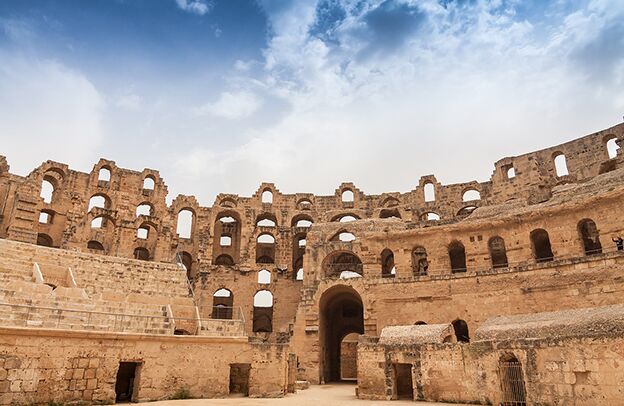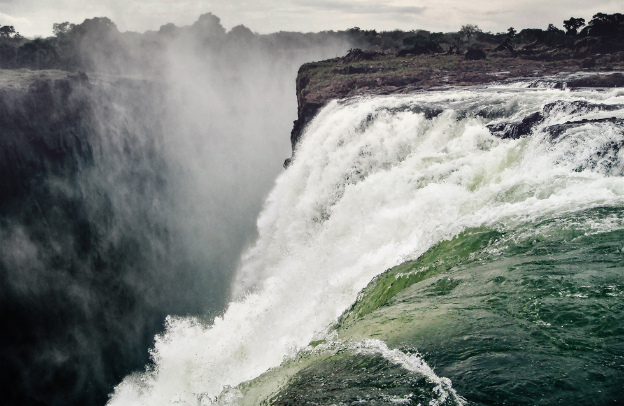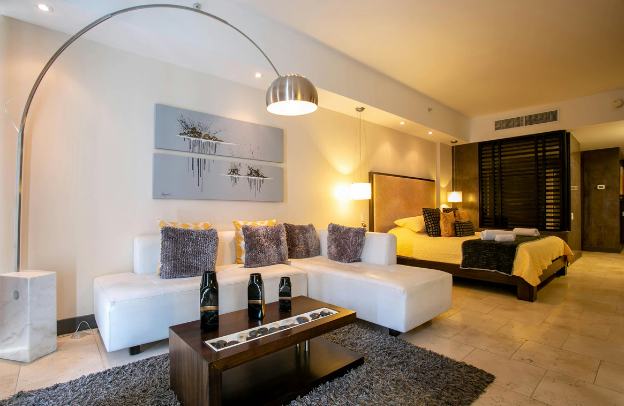7 Top Historic Places to Visit in Tunisia

Think of the top historic places to visit in Tunisia? That is why we are here. Tunisia, that little piece of heaven barely seen on the map of the world for its small size, yet its richness is mind-blowing. It has allured many civilizations over time, as they have followed one another on its territory, which made it an impressive place full of a rich historical heritage. Get our free Travel Checklist
With hundreds of ancient sites, Tunisia is one of the richest countries in the Mediterranean Basin. So, if you’re fond of history, fascinated by the imprints of ancestral civilizations, and planning to visit Tunisia soon, follow our guide to make your journey a success!
-
Medina of Tunis
This labyrinth of around 700 monuments and buildings, is 10 minutes away from the center of Tunis by car and a 25-minute walk via Avenue Habib Bourguiba. Founded in the 7th century, the historical quarter of the capital of Tunisia is an incredible array of surviving mosques and monuments. Any history enthusiast could find their pleasure in this diverse area with a unique architecture that bears the influence of past cultures.
Given the great historical significance, the Medina of Tunis is one of the sites that has been named UNESCO World Heritage. Make sure that you don’t miss this capital of several universally influential dynasties!
-
The Roman Amphitheatre El Jem
One of the sights that you absolutely need to visit while in Tunisia is El Jem Amphitheatre. The grandiose Amphitheatre is situated in the governorate of Mahdia (central-eastern of Tunisia) with a striking resemblance to the famous Colosseum in Rome but in a much better condition.
It stands as one of the most ancient Roman structures in the world and has been listed as a World Heritage by UNESCO since 1979. Built by Emperor Gordian between 230 and 238 AD, El Jem was used for festivals and gladiatorial games (actually some scenes of the Oscar-winning movie “Gladiator” were filmed there). The magnificent building is vast enough to accommodate up to 35.000 spectators with 36m high, 120 m wide, and about 150m long.
If you are planning to visit El Jem, the ideal time would be at sunrise or sunset. A spectacular view at this time of the day when you can make perfect photos to memorize your journey.
-
Dougga
Another must-see attraction while in Tunisia is Dougga, a majestic setting 96 kilometers (60 miles) southwest of Tunis. Make sure to set aside a few hours to explore Dougga’s spectacular ruins. It takes around 2 hours to get there from Tunis, you can also enjoy the beautiful hills along the road.
Dougga is one of Tunisia’s well-preserved ruins where you can enjoy the remnants of different civilizations: like the Numidians, the Punics, the ancient Greeks, and the Romans. No less than 70 hectares are full of incredible attractions such as public Roman baths, Amphitheatre, a forum, and many other interesting sites.
-
Byrsa Hill
Located on the eastern side of the Lake of Tunis, if your time allows, this place is definitely worth a visit. Byrsa is the military center of Carthage City in Punic times with a breathtaking view. Carthage itself was one of the most central and powerful cities of the ancient world. You can also give yourself enough time to pass by Saint Louis Cathedral which is a true architectural gem with a mixture of European and North African styles.
-
The Antonine Baths
No more than a 4-minute drive from the center of Carthage to find yourself in the heart of the largest bath complexes ever constructed. Built from 145 to 165 AD during the Roman Emperor Antonius Pius to stand as the largest complex in North Africa and the Roman world. The baths contain different rooms such as the Frigidarium (cold room), Caldarium (hot room), and Tepidarium (hot bath).
The amazing ruins of the Antonine Baths are undoubtedly worth visiting, furthermore, they are surrounded by natural beauty, with a picturesque sea as a backdrop. Other ruins in the overgrown garden include Punic tombs and a small early Christian funerary chapel with a mosaic floor.
-
Bulla Regia
From Tunis, it takes you 2 hours to reach this wonderful Roman site. If you are fed up with imagining ancestorial life this would be one of the rare occasions to walk into complete and well-preserved Roman rooms. In fact, what makes this place a memorable experience is its underground villas that locales in ancient times used to escape the summer heat. Many of their mosaics are still untouched and you can literally walk on them.
-
Jugartha Tableland
If you want to feel like standing on top of the world, don’t miss Jugartha mesa. Located in western Tunisia (the kef Governorate), this spectacular flat-topped mountain was used by the ruthless Numidian king Jugartha as a base to his seven-year war against the Romans (right! that’s why it’s called after his name). With a 1.500 m long and 500 m wide the tableland is a geologic feature where excavations have uncovered artifacts from the Numidian, Roman, Byzantine, Islamic, Ottoman, and colonial eras.
Tunisia’s history is filled with twists and turns, conflicts, and conquests. The above list is only a rough guide to the most well-known and significant historic places, but there are many more to discover.
If you find any value in this post, share also with your friends who might need it. Get our Free Travel Checklist for your next trip.






